Guest blog by Hans R Herren, President of the Millennium Institute, and Steve Arquitt, Senior Modeler at the Millennium Institute
On November 16th, the Sustainable Development Solutions Network released its United States Sustainable Development Report 2021, and the news is not good.
The Sustainable Development report assesses the country’s progress toward achieving the Sustainable Development Goals and ranks the performance of each of the 50 states. The Report also ranks the United States’ progress compared to other countries, and our performance as a nation is something of an embarrassment – the US ranks 32nd out of the 193 countries that have signed on to the SDGs, which is far behind the majority of other well-to-do countries. Within the United States there is a wide range of progress between the 50 states, largely correlated with the average incomes and educational levels of the states.
The Sustainable Development Goals, or SDGs, are an internationally agreed-upon set of 17 goals that, along with underlying targets and indicators, comprise a roadmap to a sustainable, equitable, and peaceful future for our world. A core tenet of the SDGs is the “Leave No One Behind'' principle - equality of access to the benefits of society and environment are essential to achieving the SDGs. The goals were set in 2015 and the timeline for achieving them is 2030 – so the clock is ticking. We believe part of the reason for the US’ dismal progress on the SDGs is lack of awareness. When was the last time you heard mention of the SDGs in political debate? Or on the evening news? Building this awareness is one of the great benefits of the US Sustainable Development Report 2021. The SDGs aren’t perfect but they are the most comprehensive planning framework for sustainable development that we know of, which would help mitigate the climate crises and other main economic, environmental and societal challenges the planet is facing.
The Millennium Institute has been helping national governments across the globe, in rich and in poor countries both, plan for the SDGs since their inception in 2015. We have learned that it is important for the SDGs to become embedded in the planning process, and that government departments, businesses, educational institutions, and civil society collaborate on attaining the SDGs. Collaboration can lead to compounding effects, for example improving education for the poor brings benefits to social equity, poverty alleviation, and children’s health. Investing in green infrastructure could improve air and water quality, reduce carbon emissions, and create jobs. Although the SDGs are not explicitly recognized in the Biden administration’s “Build Back Better” initiative, if approved by Congress, the plan will go a long way toward progressing the SDGs. We propose that the SDGs should be incorporated in planning at national, state and county levels and that government and non-government institutions collaborate on the SDGs becoming part of the national consciousness.
Collaboration should extend to the international level as well. We in the United States effectively export much of our air and water pollution by turning a blind eye to the environmental and human damage done in the production of products we import. By collaborating on SDGs within and beyond our national borders, we would be working for a more sustainable world for present and future generations.


